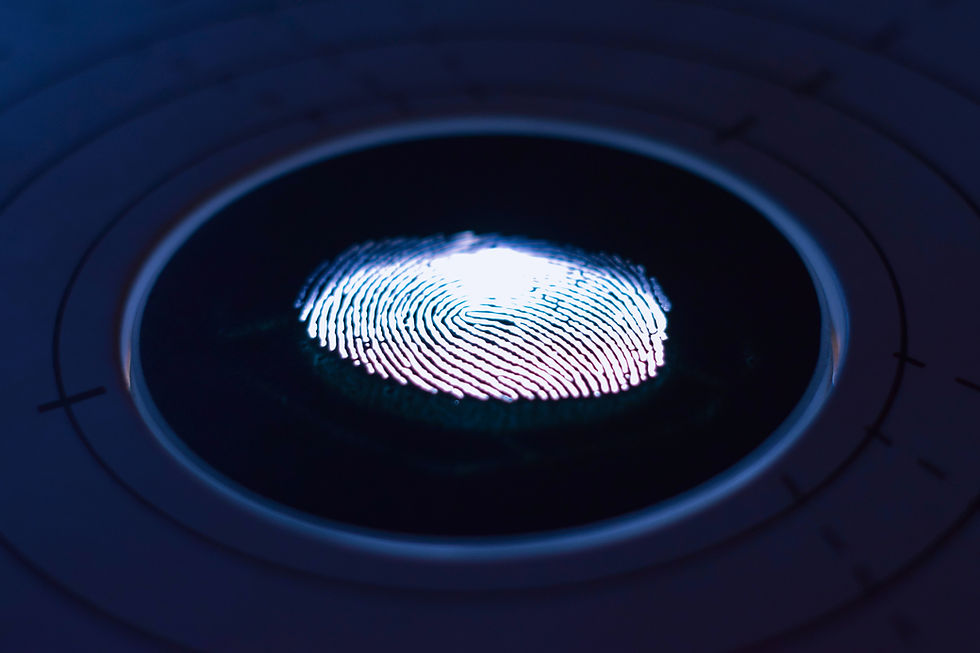Your face says a lot about you
- Maximage Data Systems

- Oct 5, 2020
- 1 min read

Until a few years ago, #computersecurity was limited to the use of numeric keys and algorithms to prevent #cyberfraud. Today, talking about digital security translates into the use of state-of-the-art #technology that enables governments, businesses and individuals to have greater security in their processes and operations through the use of biometric information.
#Facialrecognition has become a #biometric that is mainly used in security systems that through a reader, defines the characteristics of the face and can compare data against a pre-determined database, and thus determine even life tests.
According to a study by the Inter-American Development Bank (IDB), countries that make up Latin America and the Caribbean spend on average 3.5 percent of their gross domestic product (GDP) on private security, other services and technologies such as facial recognition, trying to reduce their criminal rates.
How does facial recognition work?
Facial recognition is one of the biometrics currently used for identifying and authentication of people and documents. Through various parameters, and artificial intelligence algorithms and neural networks, you can report:
• age,
• gender,
• mood,
• Can even be used as proof of life through various random actions.
The comparison is made between real face vs. photography or video and you can have the storage capacity of millions of faces for future identifications.
Faced with the #newnormality facing the world today, one of the great challenges facing facial recognition is to be able to identify faces even with the use of #mouthcovering, a challenge that will surely have the advancement of technology solved shortly, to continue to provide certainty in the face of computer security processes.






Comments